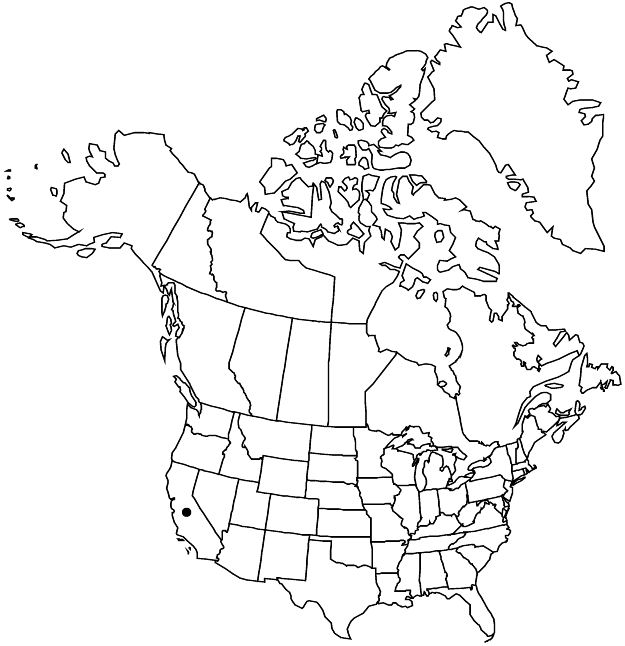Ivesia campestris
in N. L. Britton et al., N. Amer. Fl. 22: 285. 1908.
Plants green to grayish; glands sparse. Stems decumbent to ascending, 1–3.5 dm. Basal leaves (3–)5–15(–18) cm; sheathing base glabrous or sparsely strigose abaxially; stipules ± lanceolate, 2.5–5 mm; petiole (0.3–)0.5–6(–8) cm, hairs sparse to abundant, appressed-ascending, 1–2 mm; leaflets 15–20 per side, loosely overlapping, 2–10 mm, lobes 2–5, oblanceolate, hairs sparse to abundant, spreading to ascending, 1–2 mm. Cauline leaves 3–4. Inflorescences 5–20(–40)-flowered, (1–)1.5–2.5(–4) cm diam., flowers arranged in 1–few ± tight glomerules of 10–15 flowers. Pedicels 1–4 mm. Flowers 7–10 mm diam.; epicalyx bractlets linear to oblong, 1–2(–2.5) mm; hypanthium campanulate, 1–2 × 2.5–4 mm, ± 1/2 as deep as wide; sepals green, 2–3(–3.5) mm, acute; petals 4(–5), light yellow, oblanceolate to spatulate or narrowly obovate, 3–4 mm; stamens 12–16 (4-merous flowers) or 16–20 (5-merous flowers), filaments filiform, 0.6–1.1 mm, anthers yellowish, 0.3–0.5 mm; carpels 4–20, styles 1.4–2 mm. Achenes light brown, 1–1.5 mm.
Phenology: Flowering summer.
Habitat: Moist meadows and slopes, in montane to subalpine conifer woodlands
Elevation: 2200–3400 m
Discussion
Ivesia campestris is found in the southern Sierra Nevada south of the Kings River, where it replaces I. unguiculata and often occurs at higher elevations.
Ivesia campestris is the only member of the genus that commonly has 4-merous flowers. It is sometimes misidentified as I. unguiculata, especially when the pale yellow petals have faded to creamy white; the glomerules of the inflorescences tend to be yellowish green to green rather than purplish. Also, the anthers of I. campestris are yellowish, rather than maroon.
Selected References
None.
